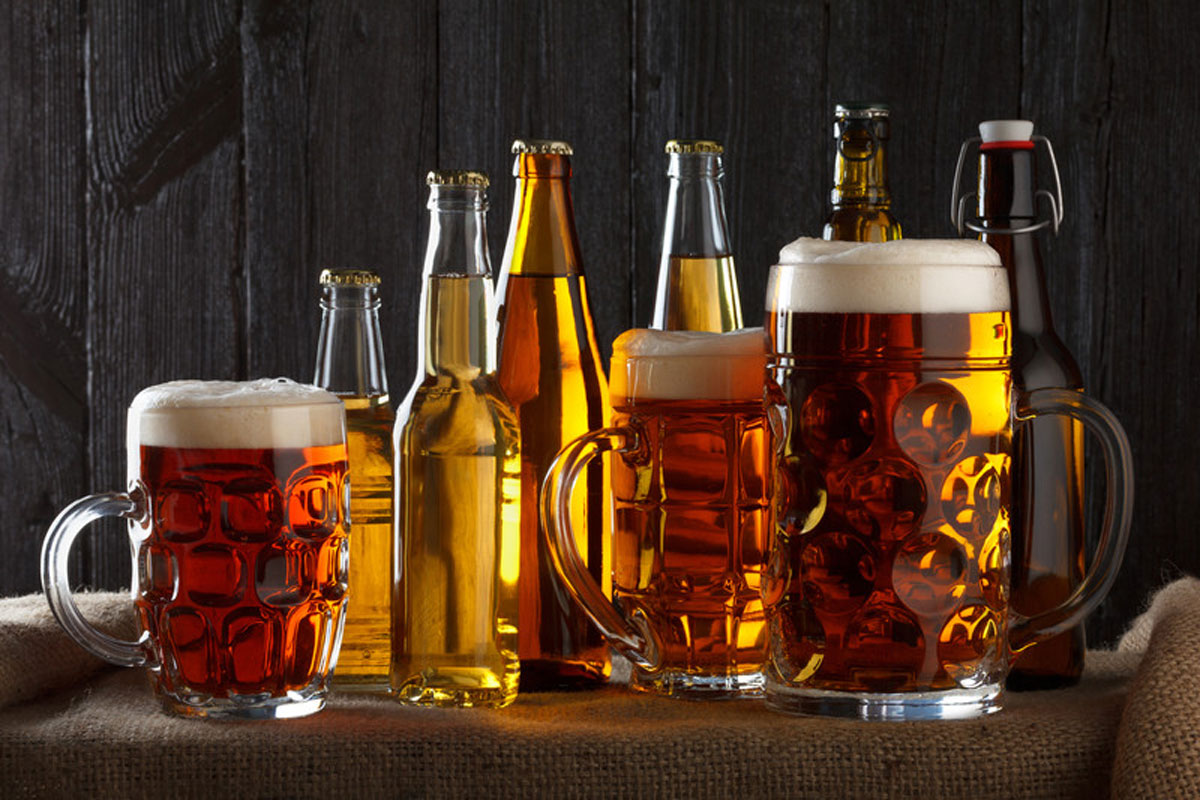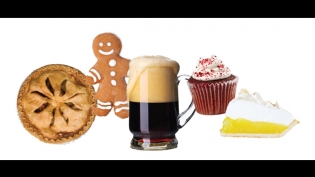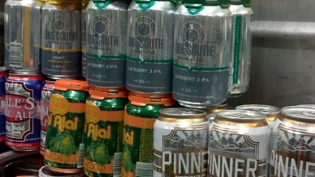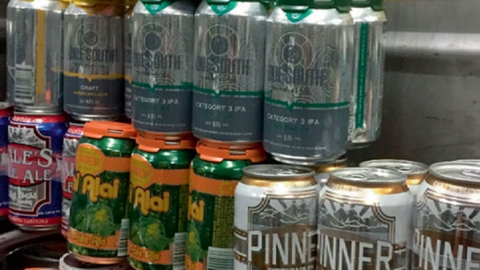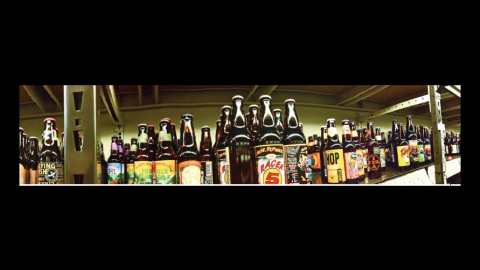Frozen Mugs: Let Them Go, Let Them Go
This is the golden age for beer drinkers. Many restaurants or bars display long beer lists of regional, local and imported craft beers. But not all bars are created equal. These tips will help you pick the best:
1. Amount of Taps
It’s about quality, not quantity, of taps. Not every bar needs to have 100+ craft beers on tap. The real question to ask: Does this bar have the right number of taps compared to how busy it is? It’s exciting to go to a place with a 20-page tap list, but to keep all that beer fresh and flowing, those bars need to stay consistently busy. If you’ve walked into a ghost town of a bar and they have 30-50 beers on tap, there’s a good chance each of the more-obscure kegs has been on tap for weeks, maybe months.
The right variety is the key. If your neighborhood pub takes pride in offering quality and variety of beers, and only has eight beers on tap, they’re likely to go through kegs quicker, offering you the freshest beer possible. Keep this in mind for the bottle list, too. If there are hundreds of bottles and a long draft list, it will take a while to sell through a case of beer, and it might not be the freshest.
2. Glassware
There’s something satisfying about having a beer served up perfectly in the proper stemmed glassware in Belgium or in a serious beer establishment. It’s not a reasonable expectation everywhere, however. Although the versatile and most often used shaker pint is far from an ideal vessel for beer, they are stackable, sturdy, inexpensive and often “disappear” if they are logo-ed, so bars will continue to use these. Make sure the glassware is properly cleaned and presented in the right fashion. The bar should rinse each glass before pouring. If little bubbles appear in your beer on the walls of your glass, it means your glass might have had dust in it and wasn’t rinsed. When you have a well-crafted beer poured into a clean glass, the head of the beer should leave a line on the glass after each sip – this is called “lacing.” One of the biggest travesties (yes, I know I am being a little dramatic) is a frozen mug. Not only does it usually leave behind questionably clean ice in the mug before the beer is poured into it, but it causes the beer to foam. The temperature numbs your taste buds. Regardless of what the big beer companies tell you, all beer should be served in a room-temperature glass.
3. Basic Pouring Etiquette
Pouring a proper pint isn’t rocket science, but it should be done right. The bartender should select a glass, rinse it, hold it at 45° under the tap and pour draft beer, leaving you about an inch of head on your beer. The tip of the nozzle should not dip into your beer. If beer spills on the outside of the glass, it should be wiped off with a towel before it’s placed on a coaster or bar napkin. A bottle should be poured similarly and presented to you if you want to look at it or read the label. Instead of just handing you a bottle or can, the bartender should always ask if you want a glass. This is very straightforward when done correctly, but it makes all the difference in the world.
4. Menu
A beer list doesn’t need to be fancy. But it should exist and cover the basics, on a chalkboard or a hand-written sheet, listing the breweries’ names, beer names, style of beers, ABV (alcohol by volume) and price. A true beer establishment will go in depth with specifications like the IBUs (international bitterness units), pouring sizes, food pairing recommendations, hop varietals, vintages, ratings, and so on. At bare minimum, you should know the name of the beer, what style it is and how much you’re paying for it.
5. Bartender Enthusiasm
The engagement of the guy or girl pouring your beer can make all of the difference in your experience. If you ask the bartender what beers they have and the response includes an eye roll or a blank stare, you’re likely in for a negative beer experience. A bartender doesn’t need to know everything about the beers on tap, but they can tell you which sell well and what people say about them, or get you answers if they don’t know. Some of the best beer bars in the world are not the fanciest, but are made up of truly passionate beertenders who will guide patrons to try something unique.
As craft beer culture continues to become mainstream, more places will expand their offerings. For a good beer consumer, it’s important to the brewers to make sure their beer is respected and support the places that do. No one wants to pay a premium for a sub-par experience. Not every establishment needs to be a craft beer spot. Would you order a ribeye at your favorite Philly cheese steak hole-in-the wall? The goal for any bar should be to do what they do, and do it right. Cheers!


